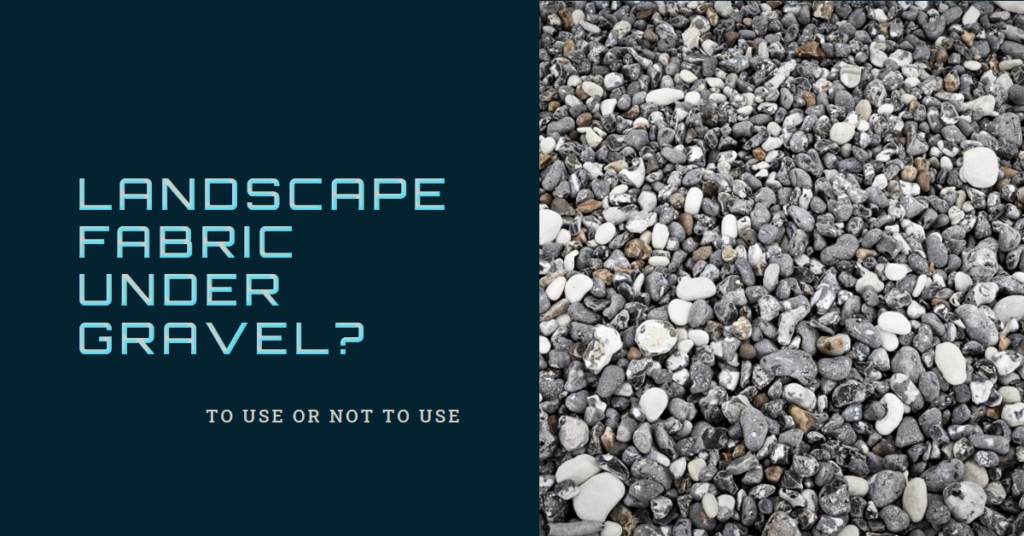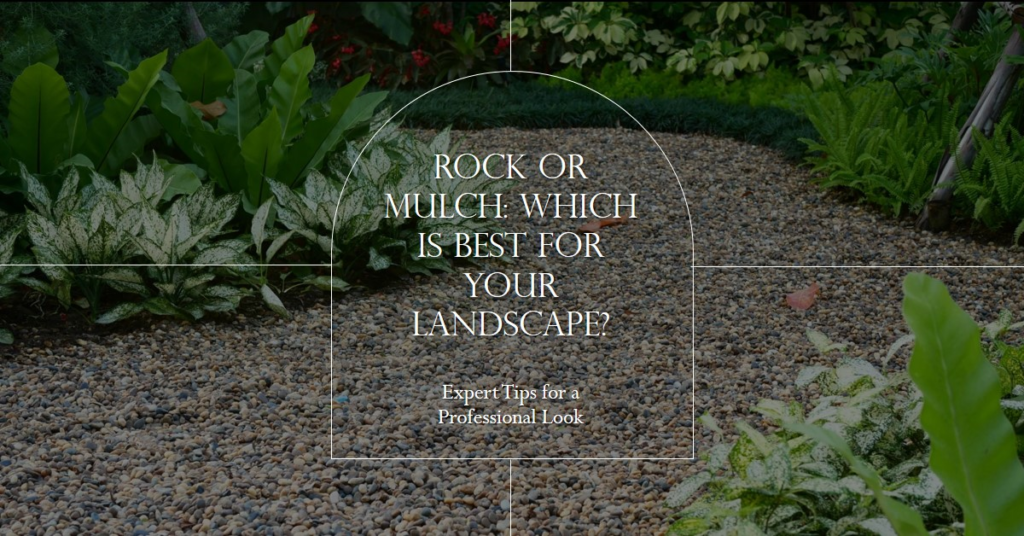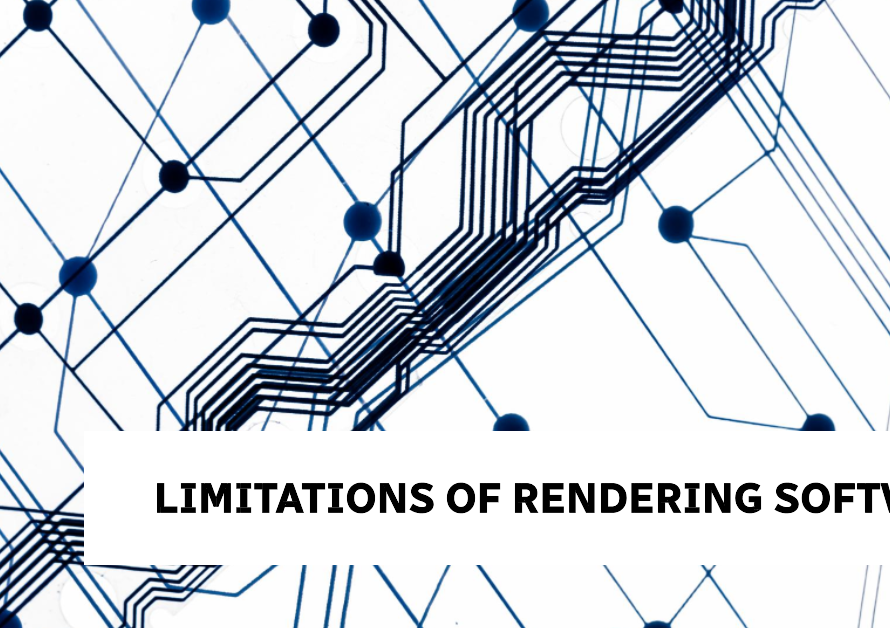
Table of Contents
- Introduction
- Understanding Landscape Fabric
- The Role of Gravel in Landscaping
- Pros of Using Landscape Fabric Under Gravel
- Cons of Using Landscape Fabric Under Gravel
- Alternatives to Landscape Fabric
- Best Practices for Installing Landscape Fabric
- Case Studies: Real-World Applications
- Expert Opinions
- Conclusion: Making an Informed Decision
Introduction
When planning a landscaping project involving gravel, many homeowners and professionals alike face the crucial decision of whether to use landscape fabric underneath. This choice significantly impacts the long-term success and maintenance of the area. In this comprehensive guide, we will explore the benefits and drawbacks of using landscape fabric under gravel, considering various factors that influence this decision. By the end, you will have a clear understanding of whether landscape fabric is the right choice for your project.
Understanding Landscape Fabric
What is Landscape Fabric?
Landscape fabric, also known as weed barrier fabric or geotextile, is a permeable material designed to allow water and nutrients to pass through while blocking weed growth. It is typically made from synthetic fibers like polypropylene or polyester, ensuring durability and resistance to decomposition.
Types of Landscape Fabric
There are several types of landscape fabric available, including woven, non-woven, and spun-bonded varieties. Each type has distinct properties suitable for different applications. Woven fabric offers strength and durability, making it ideal for high-traffic areas. Non-woven fabric is more flexible and better suited for garden beds and areas requiring more water permeability.
The Role of Gravel in Landscaping
Benefits of Using Gravel
Gravel is a popular choice for landscaping due to its aesthetic appeal, versatility, and functionality. It provides excellent drainage, prevents erosion, and creates a low-maintenance surface that can be used for paths, driveways, and garden beds.
Common Applications of Gravel
Gravel is used in various landscaping applications, including decorative pathways, driveways, garden mulch, and drainage systems. Each application has specific requirements, influencing whether landscape fabric should be used underneath.
Pros of Using Landscape Fabric Under Gravel
Weed Suppression
One of the primary reasons for using landscape fabric under gravel is to suppress weed growth. The fabric acts as a barrier, preventing weed seeds from reaching the soil and germinating. This significantly reduces the need for herbicides and manual weeding.
Soil Stabilization
Landscape fabric helps stabilize the soil by preventing gravel from sinking into the ground. This ensures a more even surface, reducing the risk of potholes and ruts developing over time. It is particularly beneficial in high-traffic areas like driveways and walkways.
Cons of Using Landscape Fabric Under Gravel
Limited Water Penetration
While landscape fabric is designed to be permeable, it can still limit water penetration to some extent. In areas with poor drainage, this can lead to water pooling on the surface, potentially causing damage to plants and structures.
Potential for Tear and Degradation
Over time, landscape fabric can degrade due to exposure to UV rays, foot traffic, and the weight of gravel. Tears and holes can develop, reducing its effectiveness as a weed barrier and soil stabilizer. Regular maintenance and replacement may be necessary, adding to the long-term costs.


Alternatives to Landscape Fabric
Organic Mulch
Organic mulch, such as wood chips or bark, can be an effective alternative to landscape fabric. It provides similar weed suppression and soil stabilization benefits while also improving soil health as it decomposes.
Gravel Alone
In some cases, simply using a thick layer of gravel without landscape fabric can suffice. This approach relies on the weight and density of the gravel to suppress weeds and stabilize the soil. However, it may require more frequent replenishment and maintenance.
Best Practices for Installing Landscape Fabric
Preparing the Ground
Proper ground preparation is essential for the effective use of landscape fabric. This involves removing existing weeds, leveling the soil, and ensuring adequate drainage. Skipping these steps can undermine the benefits of using the fabric.
Installing the Fabric
When installing landscape fabric, overlap the edges by at least six inches to prevent weeds from penetrating through the seams. Secure the fabric with landscape staples or pins, and ensure it lies flat without wrinkles. Finally, cover the fabric with an appropriate thickness of gravel to protect it from UV rays and foot traffic.
Case Studies: Real-World Applications
Residential Driveways
In residential driveways, landscape fabric can help prevent gravel from mixing with the underlying soil, reducing the formation of ruts and potholes. It also simplifies maintenance by minimizing weed growth, making the driveway look cleaner and more polished.
Garden Pathways
For garden pathways, landscape fabric provides a stable base for gravel, ensuring a smooth and even surface. This enhances the visual appeal of the garden while reducing the need for frequent weeding and gravel replenishment.
Expert Opinions
Landscape Architects
Many landscape architects recommend using landscape fabric under gravel for its long-term benefits in weed suppression and soil stabilization. However, they emphasize the importance of proper installation and maintenance to maximize these benefits.
Horticulturists
Horticulturists often have mixed opinions on landscape fabric. While they acknowledge its effectiveness in certain applications, they caution against its use in areas where water penetration and soil health are critical. They suggest considering alternatives like organic mulch for garden beds.
Conclusion: Making an Informed Decision
Weighing the Pros and Cons
Deciding whether to use landscape fabric under gravel requires careful consideration of the specific needs and conditions of your project. While landscape fabric offers significant benefits in weed suppression and soil stabilization, it also has potential drawbacks, such as limited water penetration and the need for regular maintenance.
Tailoring Your Approach
Ultimately, the decision should be tailored to your specific application. For high-traffic areas and driveways, landscape fabric can be highly beneficial. For garden beds and areas requiring optimal soil health, alternatives like organic mulch may be more suitable. By weighing the pros and cons and considering expert opinions, you can make an informed decision that ensures the success and longevity of your landscaping project.
In conclusion, while landscape fabric under gravel offers many advantages, it is not a one-size-fits-all solution. Careful planning, proper installation, and regular maintenance are key to achieving the best results for your specific needs.


